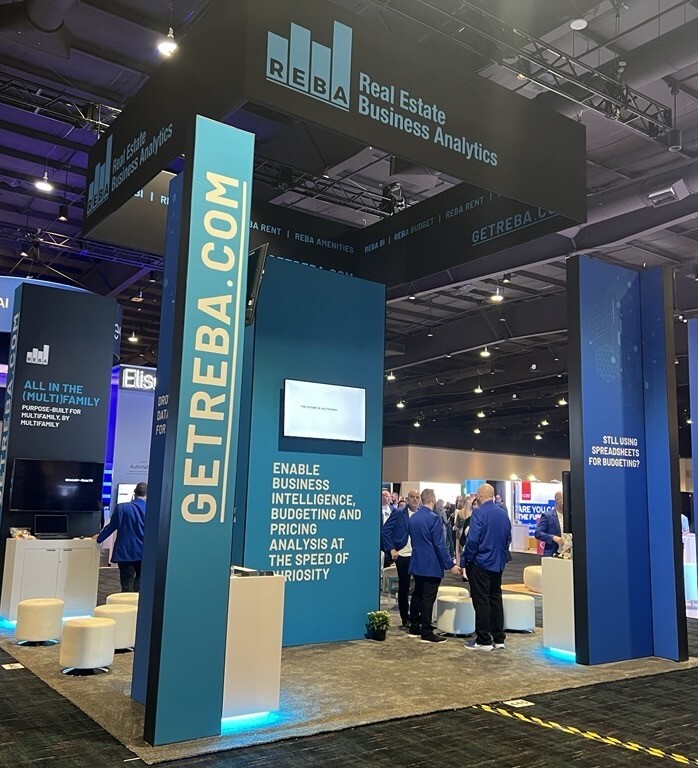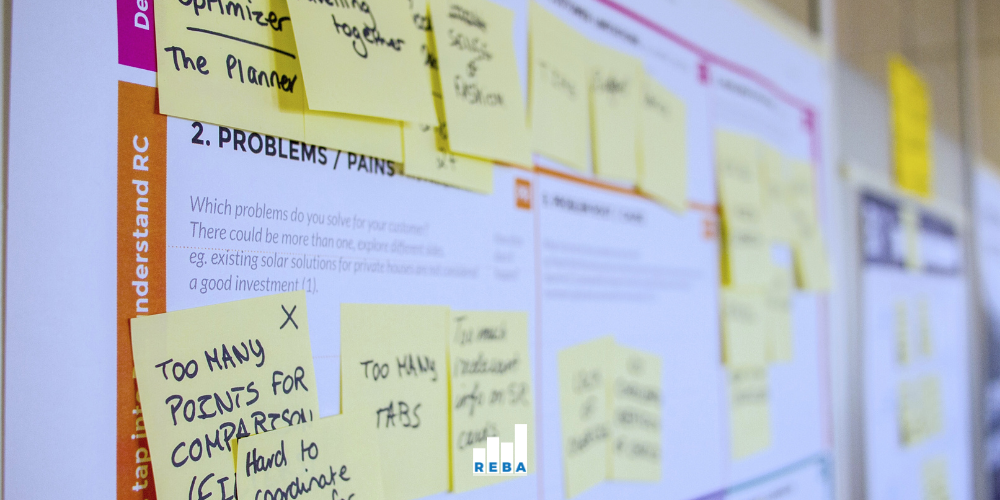Ever since pricing & revenue management systems became “standard” among the NMHC Top 50 (and beyond), the multifamily industry has seen higher occupancies and more stable and predictable rental growth than at any time in the history of rental housing. So, let’s start by saying that legacy systems work.
Combat the challenges of legacy PRM systems and download our
Modern Pricing & Revenue Management White Paper today!
Despite this success, there have always been concerns with these systems.
Little black boxes…for you and me
The leading systems have very sophisticated mathematical algorithms—so sophisticated, that virtually no one in the industry actually knows the details of how they work. The results, and pricing recommendations, look to most users as though they came from a black box. Intellectually, we “get” that sophistication is good, but emotionally it’s hard to fully trust answers from almost impenetrable algorithms. Layer on bonuses dependent on revenue and/or NOI performance, and most operators are nervous about completely trusting something they can’t fully understand.
Meet the new math…same as the old math
Perhaps the most damning challenge with legacy systems is how little they have changed in more than two decades. Names can change and claims can be made, but the hard truth is that the core algorithms haven’t changed since the first versions of each of them.
And the beat goes on…
Perhaps even more challenging, the basic workflows are essentially unchanged as well. Back when these systems were built, there were many things that the designers of those systems didn’t know. In blazing new trails, they did a remarkably good job—for v1 software.
However, twenty-plus years of experience and learning should have driven many more changes, particularly in workflow and process. Here are just a few of the things that legacy systems struggle with
- Built for managing “micro market” segments, legacy PRM systems take a decidedly floorplan or unit-type point of view with little to offer to view performance at the community, sub-market, market and/or portfolio level.
- Built with an eye towards managing granular data and without a deep understanding of how revenue managers will really use the system, these systems require too many clicks to get things done. All this clicking around is at best annoying to the user and at worst robs them of time thus reducing productivity and increasing the total cost of ownership (TCO) by reducing the number of homes a revenue manager can handle.
- Rent control was not a significant challenge when the legacy systems were built; and when there was an issue (e.g. California bond units), there was a simple workaround since those rents were fixed. Over the ensuing 20+ years, we’ve seen the introduction of numerous rent control and rent constraint initiatives. These are not simply setting of price like the bond units. They involve caps on increases and variations on whether these constraints apply to renewal pricing only or to both new and renewal rents; and in a major change from the past, they impose process issues. The result is at best clunky “add-ons” to the legacy PRM system and at worst scenarios where the legacy PRM cannot accomplish this functionality requiring manual, costly workarounds.
- The builders of these legacy systems focused exclusively on net rent, and early adopter users had a vision of eliminating concessions which combined to create the situation we have today. Legacy PRM is not very strong with concession management. While a noble aspiration, 20+ years of experience has proven that concessions are not going to go away. They may be reduced in frequency, but they won’t disappear—particularly in times of economic stress.
In short, these systems were built by hospitality and travel people for rental housing. They did an amazing job for what they and their early adopters knew at the time. However, disappointingly, none of the legacy developers have materially enhanced their systems in response to all the real-world experience that has accumulated over this time.






SHARE